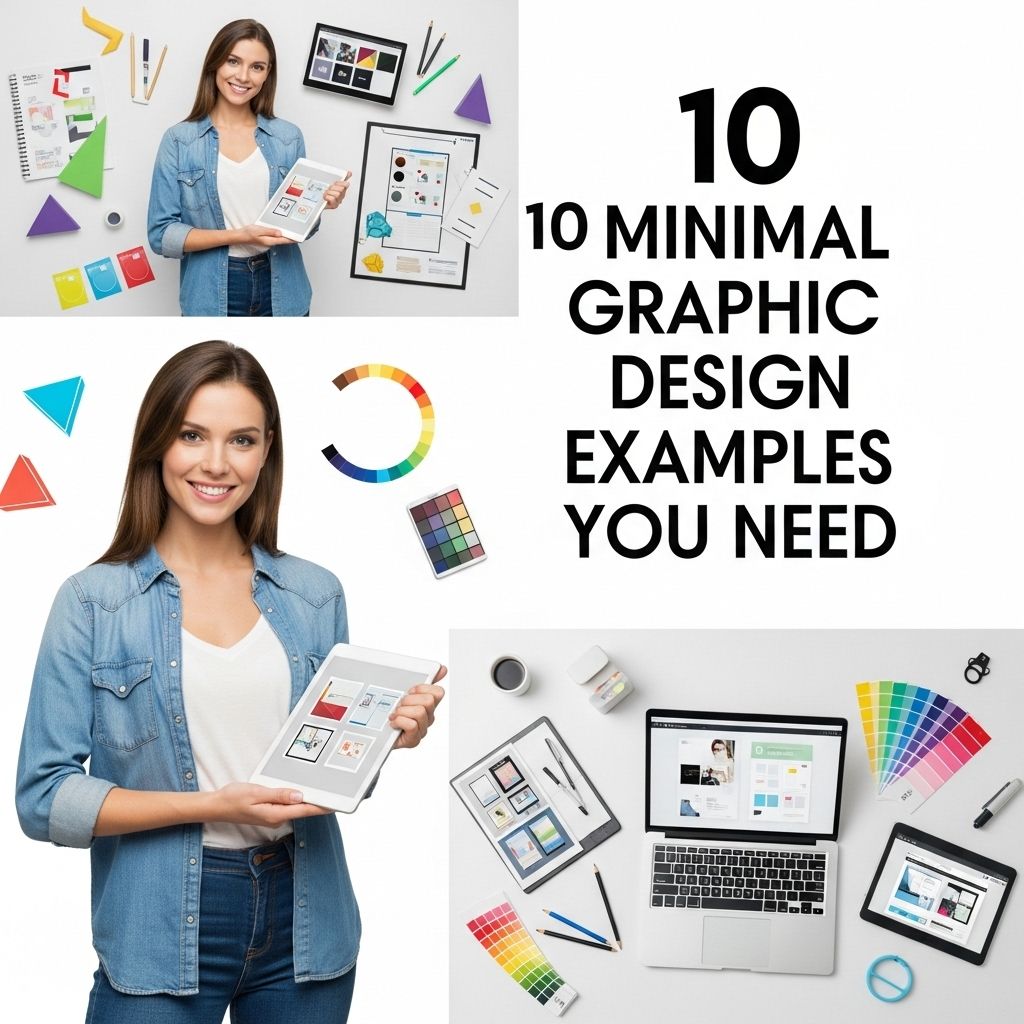Graphic design is an essential aspect of modern communication, whether for branding, marketing, or personal projects. With the rise of digital media, the demand for visually appealing graphics has never been higher. However, creating compelling designs isn’t just about having the right software or artistic skills; it requires knowledge, strategy, and an understanding of design principles. To help you enhance your graphic design skills, we’ve compiled a list of ten essential tips that every designer should know.
Understanding the Basics of Design
Before diving into specific techniques, it’s crucial to grasp the foundational elements of design. These principles will guide your creative decisions and help you produce more effective designs.
- Balance: Achieving visual equilibrium in your layout.
- Contrast: Using opposing elements to create interest and direct attention.
- Hierarchy: Organizing elements to guide the viewer’s eye in the intended order.
- Alignment: Positioning elements in a way that creates a clean, organized layout.
- Repetition: Reinforcing ideas through consistent use of colors, shapes, and fonts.
- White Space: Utilizing empty space to give your design breathing room.
Utilizing Typography Effectively
Typography plays a vital role in graphic design as it conveys the message and sets the tone of the content. Here are some tips for using typography effectively:
Choosing the Right Fonts
Select fonts that align with the message and personality of your project. Here are some options to consider:
| Font Category | Use Case |
|---|---|
| Serif | Traditional or formal designs |
| Sans Serif | Modern and clean layouts |
| Script | Creative and artistic projects |
| Display | Attention-grabbing headlines or branding |
Maintaining Readability
Ensure your text is easy to read. Consider these guidelines:
- Use appropriate font sizes (generally 16px or larger for body text).
- Limit the number of different fonts (ideally, stick to two or three).
- Pay attention to line spacing (1.5 or double spacing is often effective).
Color Theory in Design
Color significantly impacts how your audience perceives your design. Understanding color theory can elevate your work.
The Color Wheel
The color wheel is a fundamental tool for designers. Here are its primary components:
- Primary Colors: Red, blue, yellow.
- Secondary Colors: Green, orange, purple (created by mixing primary colors).
- Tertiary Colors: Result from mixing primary and secondary colors.
Creating Color Schemes
When designing, consider these color schemes:
- Analogous: Colors next to each other on the wheel (e.g., blue, blue-green, green).
- Complementary: Colors opposite each other (e.g., red and green).
- Triadic: Three evenly spaced colors on the wheel (e.g., red, yellow, blue).
Mastering Composition
The way elements are arranged on a page affects the overall message and impact of your design.
Using Grid Systems
Grid systems help create order, making designs easy to navigate. Here’s how to set one up:
- Define the number of columns (typically 12 in web design).
- Establish margins and gutters for spacing.
- Align elements to the grid for a cohesive look.
Rule of Thirds
This composition rule suggests dividing your canvas into a 3×3 grid and placing key elements along these lines or their intersections to create visual interest.
Incorporating Visual Elements
Strong visuals can enhance your message and engage your audience more effectively.
Using High-Quality Images
Always opt for high-resolution images. Here are sources for quality visuals:
- Stock Photo Websites: Unsplash, Pexels, Shutterstock.
- Custom Photography: If possible, take your own photos for uniqueness.
Implementing Icons and Illustrations
Icons and illustrations can simplify complex ideas and add personality to your design. Consider using:
- Simple, recognizable icons for clarity.
- Custom illustrations to match your brand’s voice.
Feedback and Iteration
One of the most valuable aspects of design is seeking feedback and making improvements based on it. Here’s how to approach it:
Gathering Feedback
Share your designs with peers or clients to receive constructive criticism.
Iterating Your Designs
Don’t hesitate to make changes based on the feedback. Here’s a process to follow:
- Identify common points of feedback.
- Prioritize which changes will have the most significant impact.
- Implement changes and review the design again.
Staying Updated with Trends
Graphic design is an ever-evolving field. To remain competitive, keep an eye on design trends and emerging technologies. Here are some ways to stay current:
- Follow design blogs and websites like Behance, Dribbble, and Awwwards.
- Attend design webinars and workshops.
- Participate in online forums and social media groups.
By embracing these ten essential graphic design tips, you can elevate your skills and create stunning visuals that effectively communicate your message. Remember, design is not just about aesthetics; it’s about making an impact and fostering connections.
FAQ
What are essential graphic design tips for beginners?
Beginners should focus on understanding basic design principles like contrast, alignment, hierarchy, and balance to create visually appealing designs.
How can I improve my color choices in graphic design?
Utilize color theory to understand complementary and analogous colors, and use online tools like color palettes to find harmonious combinations.
What role does typography play in graphic design?
Typography is crucial as it affects readability and conveys the tone of your design. Choosing the right font and maintaining proper spacing can enhance your message.
How important is visual hierarchy in graphic design?
Visual hierarchy guides the viewer’s eye and emphasizes important elements in your design, making it easier to communicate your message effectively.
What are some tips for creating effective logos?
An effective logo should be simple, memorable, versatile, and relevant to your brand. Aim for a design that works across different mediums and scales.
How can I stay inspired as a graphic designer?
Stay inspired by following design trends, exploring various art forms, and engaging with design communities online or in person.




